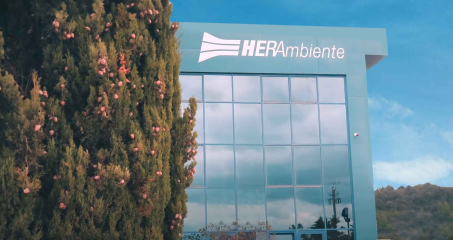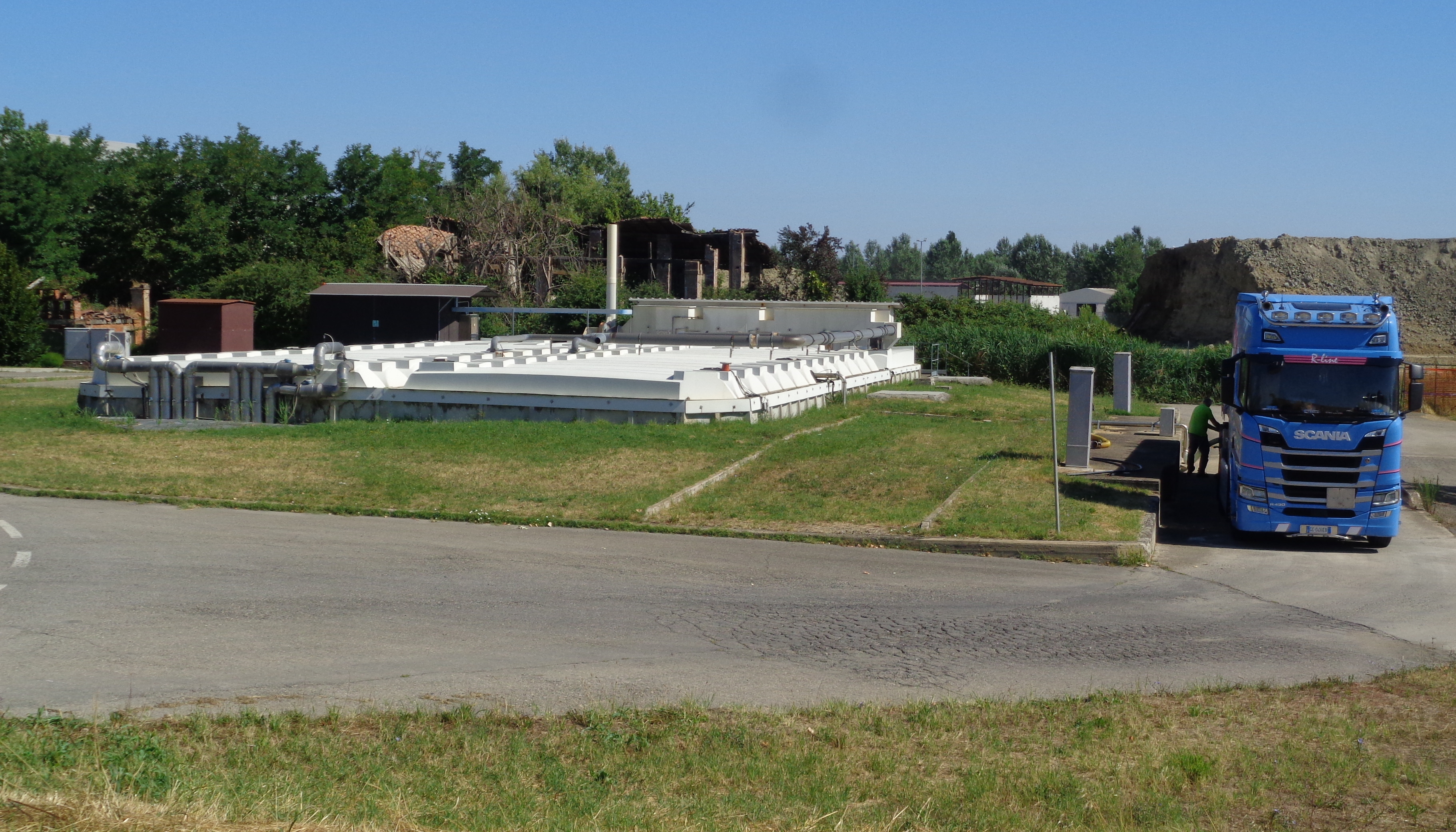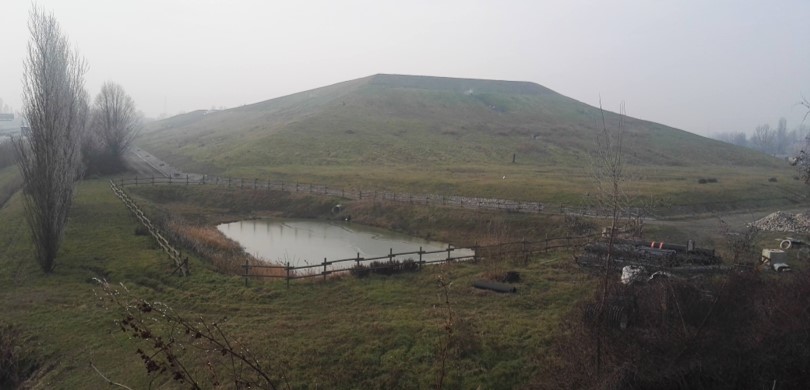Form
-
Capacity, planned capacity (m3):
Casallona landfill: 768,000
S. Alessandro landfill basin: 936,000
S. Alessandro landfill above ground: 758,970 -
Types of waste accepted
Solid non hazardous and stable non reactive hazardous waste (non decomposable) -
Expected saturation
Based on the authorisation, the plant will exhaust the overall capacity in 2024.
The ASA plant consists of two separate landfill sites derived from exhausted clay pits. The first, known as "Casallona" (sector I and II), having reached full capacity, is in the post-operational phase; the second, known as "S. Alessandro" (sector III) is currently operational. Both the operational and non-operational landfills are equipped with bottom waterproofing systems using natural materials (compacted clay, inert drainage material) and artificial materials (liners, covers, geogrids). A perimeter diaphragm has been created around both landfills to provide additional protection for the surrounding groundwater. A drainage network has been installed at the bottom of the landfill to intercept liquid waste that forms inside the site (leachate), which is carried to storage tanks and, finally, to disposal plants.
ASA applies specific procedures as regards initial acceptance and controls during the waste delivery phase.
The environmental matrices of the plant are monitored by a network of piezometers surrounding the entire site, as well as through air quality measurements taken inside and outside the plant. Noise and surface water quality are also tested.
A specific environmental and health risk analysis was conducted during the planning phase.
All of this, along with the operating procedures adopted, guarantees that the best available technology is used so as to cause the lowest possible impact on the environment and to health.
ASA applies specific procedures as regards initial acceptance and controls during the waste delivery phase.
The environmental matrices of the plant are monitored by a network of piezometers surrounding the entire site, as well as through air quality measurements taken inside and outside the plant. Noise and surface water quality are also tested.
A specific environmental and health risk analysis was conducted during the planning phase.
All of this, along with the operating procedures adopted, guarantees that the best available technology is used so as to cause the lowest possible impact on the environment and to health.





